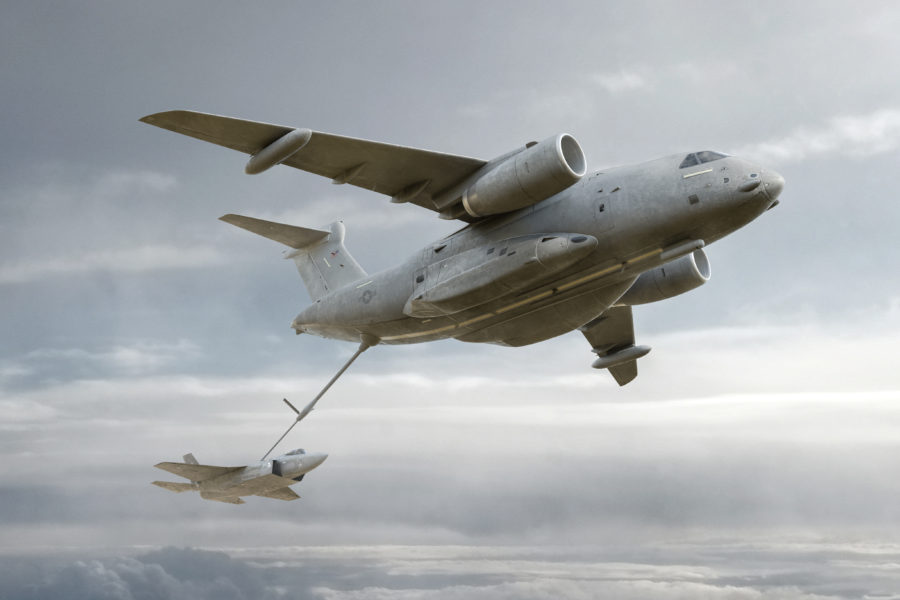Brazilian aircraft maker Embraer is teaming with L3Harris Technologies to further develop its KC-390 Millennium platform as an “Agile Tanker” for the Air Force’s agile combat employment concept, the companies announced Sept. 19.
In a press release at the beginning of AFA’s Air, Space & Cyber Conference, the two companies said they have signed an agreement to expand the KC-390’s capabilities, including advanced boom operations and mission systems along with resilient communications.
The KC-390 currently has a “probe and drogue” refueling system and is flown by the Brazilian Air Force. Hungary and Portugal have both ordered tankers as well.
The new “Agile Tanker” will address Air Force Secretary Frank Kendall’s operational imperatives and support the Air Force’s plans for ACE and Joint all-domain command and control, executives said.
“U.S. Air Force strategic planners have stated agile combat employment will require refueling platforms optimized to support a disaggregated approach to air dominance in contested logistics environments,” Christopher E. Kubasik, CEO of L3Harris, said in a release. “Collaborating with Embraer to develop and integrate new capabilities to the multi-mission KC-390 provides a cost-effective, fast-to-field solution that embodies our trusted disruptor approach.”
The concept of ACE relies on small teams of multi-capable Airmen who can operate in austere locations and move quickly. The KC-390 can take off and land from short and improvised runways and can carry more than 70,000 pounds of fuel.
By comparison, the KC-46 Pegasus has a fuel capacity of 212,299 pounds, and the KC-135 Stratotanker can carry up to 200,000 pounds. Both are bigger aircraft than the KC-390.
Embraer previously tried to partner with Boeing to market the KC-390 internationally, but that deal collapsed in 2020.
The U.S. Air Force, meanwhile, has begun the process of developing an Advanced Aerial Refueling Family of Systems (AAR FoS) program. Still in its early phases, that program is aimed at bringing in new capabilities to the service’s existing fleet of tankers, while developing requirements for a next-generation tanker. Among the capabilities the Air Force wants is greater connectivity, enhanced survivability, open architectures, and on-board electronic warfare/electronic attack systems.
At the same time, USAF leaders have yet to officially decide whether they will pursue a so-called “bridge tanker” to follow on the KC-46 — requirements for the program are expected this fall, but Kendall has said several times now that the likelihood of a competition has gone down as the service considers simply buying more KC-46s.
